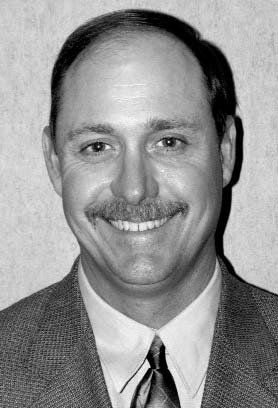Friday, May 3, 2013
USGA Is It Really Spring?
By Bud White, USGA Director, Mid-Continent Region
April 27, 2013
This spring has been a particularly difficult time for golf courses with warm season fairways and roughs in the Mid-Continent region. Even as far south as San Antonio, we have continued to experience cold nights which have more than negated the few warm days we have had this spring. As late as April 25, the low in Dallas was 38 °F. As a result, there has been no active bermudagrass growth to date.
Turfgrass researchers have found that until the daytime high and nighttime low temperatures add up to 150 bermudagrass cannot begin active regrowth. This active growth includes roots, rhizomes, and stolons, and this will not happen until adequate temperatures are experienced.
This regrowth response in the spring has historically been a frustrating point for golfers in the South and transition zone because when the bermudagrass greens up, they expect the density and quality to respond equally. These expectations are heightened by the intermittent warm spring days that draw golfers to the course. However, it is critical to help them understand that night temperatures are the most influential on bermudagrass regrowth. The 150 degree rule must be sustained for several days before the response actually begins to occur. For example, even if daytime temperatures reach 80 °F, the nighttime temperatures must be at 70 °F for active bermudagrass growth. When reviewing the temperature ranges we have experienced through late March and all of April, you can clearly see we have not reached this threshold as yet. In north Texas for example, the average temperature in April of 2012 was 78 °F. In contrast, the average temperature in April of 2013 has been 69 °F.
The slow growth of bermudagrass this spring has been an even greater problem for courses that suffered damage late last year or over the winter. Although bermudagrass has greened up, until temperatures rise and conditions stay warm it will not begin the lateral growth necessary to cover damaged areas. Superintendents and golfers must realize that no amount of water or fertilizer can force this lateral growth to occur. In fact, trying to force growth before temperatures rise can cause more damage later in the year.
Just to add on to this article today is May 3rd and the morning temperature is 46 degrees with a high of 60; that equals 106 degrees-infact the windchill at 6:00 am was 31 degrees. Saturday May 4th, forecasted low 40 degrees high 70 that equals 110 degrees, not till Thursday May 9th temperatures are forecsted to reach the 150 temperature degree rule.
So please keep in mind when you play the course and your wondering why the grass is not lush in the fairways or why the roughs are not growing or why the greens are not healing up after the aerification-like they always have, the answer is simple bermudagrass is not receiving the required temperature to actively grow!!!
Thanks
Willy Plowman
Golf Course Superintendent
Subscribe to:
Post Comments (Atom)

No comments:
Post a Comment